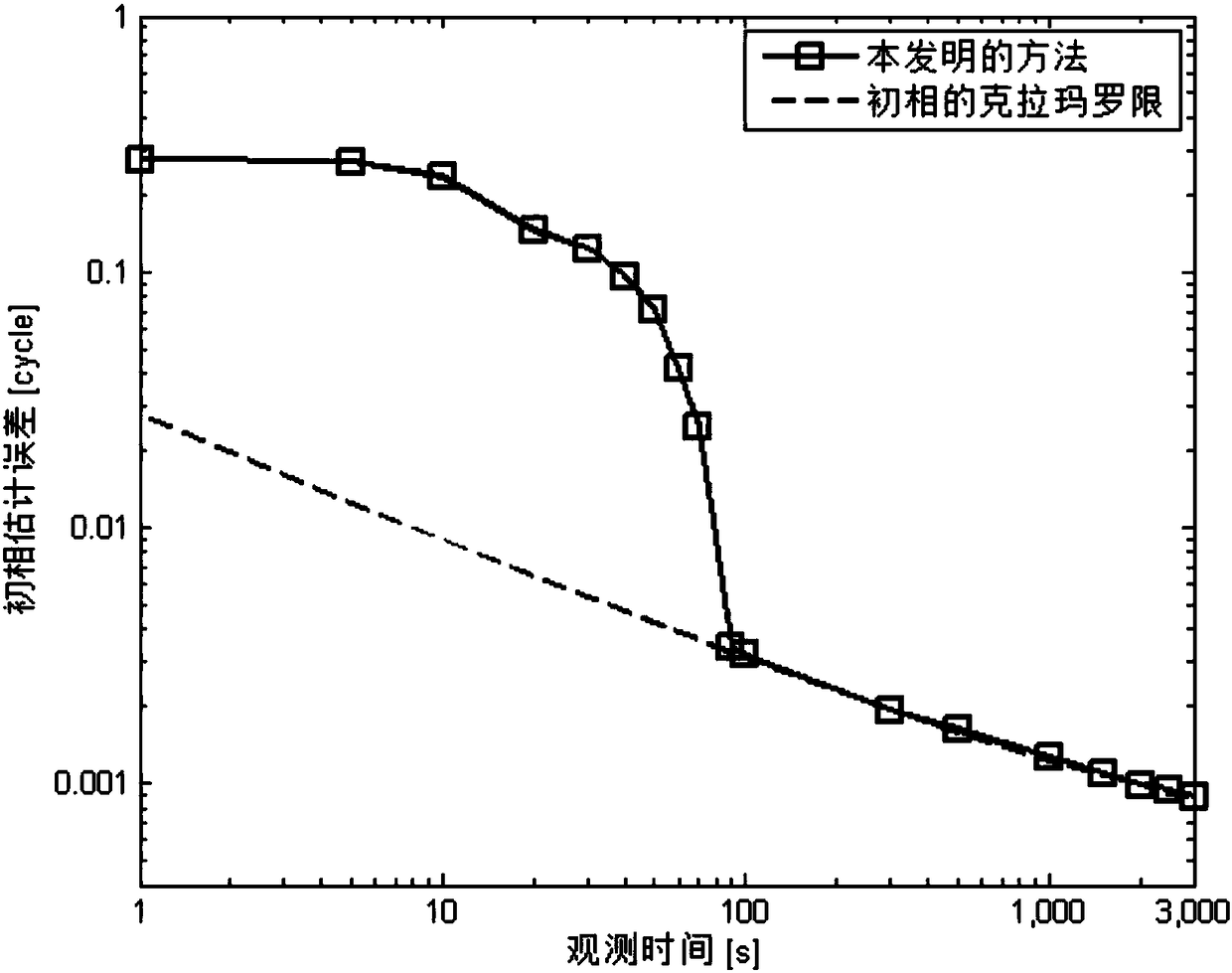Orbit dynamics-assisted dynamic pulsar signal processing method
A pulsar and dynamic technology, applied in the field of navigation, can solve problems such as the calculation of the arrival time of the pulse or the initial phase of the pulse, and the periodic variation of the pulsar signal, which is easy to promote and use, and has strong operability. Effect
- Summary
- Abstract
- Description
- Claims
- Application Information
AI Technical Summary
Problems solved by technology
Method used
Image
Examples
Embodiment Construction
[0033] The present invention will be further described in detail below with reference to the accompanying drawings and specific embodiments.
[0034] In a specific application example, the adopted spacecraft is a near-Earth spacecraft.
[0035] like figure 1 As shown, the concrete steps of the present invention are as follows:
[0036] (1) Calculate t according to formula (I) i Estimated phase φ at time pre (t i ).
[0037] According to the analysis of the literature (Emadzadeh, A.A., Speyer, J.L.. Navigation in Space by X-ray Pulsars [M]. Spring Press, 2011.), during the observation period (t 0 t f ), t i The spacecraft detection phase at time is
[0038]
[0039] Among them, v(τ) is the projected velocity of the spacecraft in the direction of the pulsar at time τ.
[0040] According to the geometric configuration relationship between spacecraft and pulsar (Sheikh, S.I. The Use of VariableCelestial X-Ray Sources for Spacecraft Navigation [D]. Maryland: University...
PUM
 Login to View More
Login to View More Abstract
Description
Claims
Application Information
 Login to View More
Login to View More - R&D
- Intellectual Property
- Life Sciences
- Materials
- Tech Scout
- Unparalleled Data Quality
- Higher Quality Content
- 60% Fewer Hallucinations
Browse by: Latest US Patents, China's latest patents, Technical Efficacy Thesaurus, Application Domain, Technology Topic, Popular Technical Reports.
© 2025 PatSnap. All rights reserved.Legal|Privacy policy|Modern Slavery Act Transparency Statement|Sitemap|About US| Contact US: help@patsnap.com



